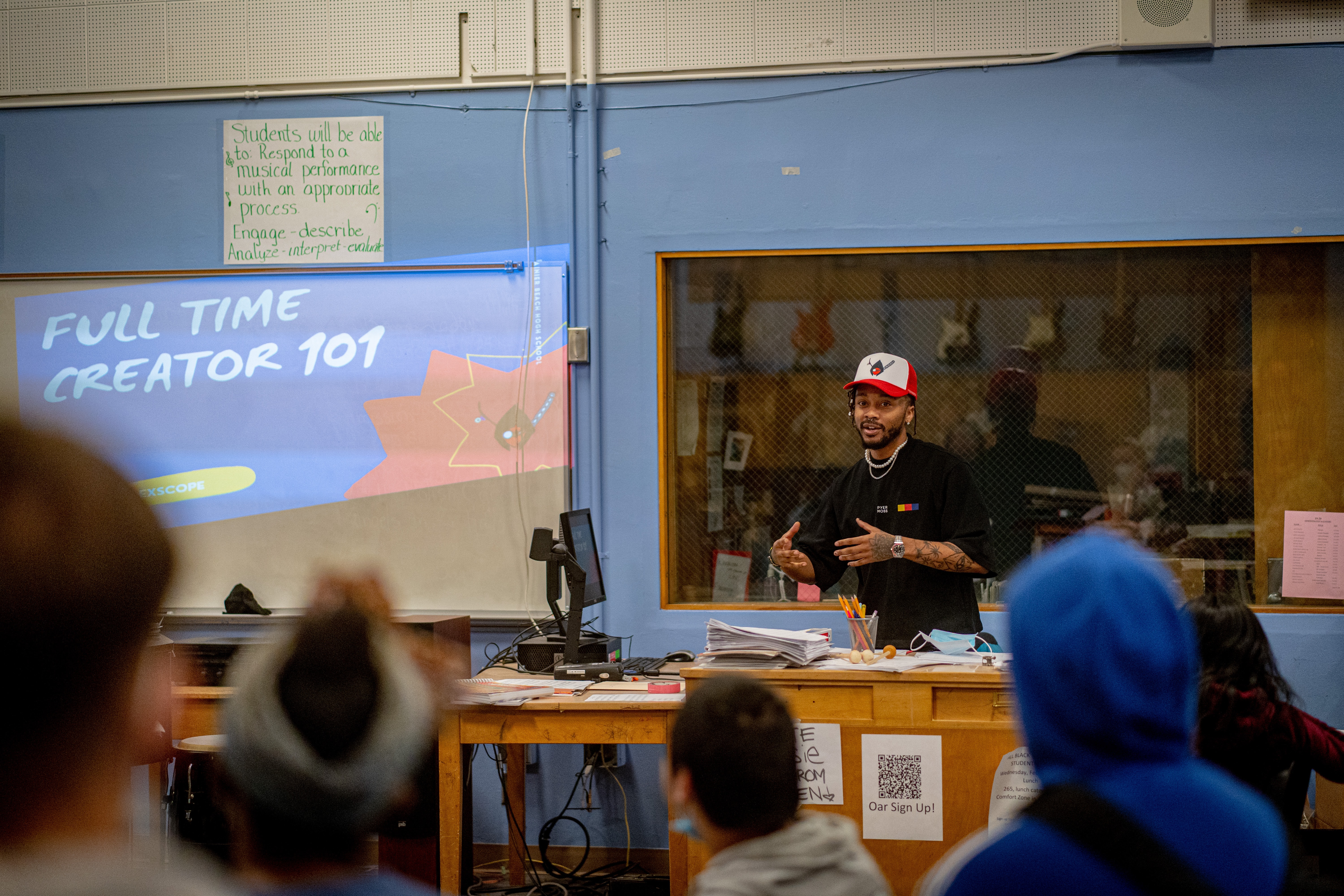
Note: I used the AI Assist Drafting in Notion to generate some topics and content blocks. However, I did not use any of that in this article.
Over the past year, talent shortages across many industries were a frequent news story, and we expect the shortfall to increase over time. How to find employees ready to succeed is top of mind for every HR and hiring manager, yet traditional methods of evaluating candidate quality are failing companies of all sizes. What role do different instructional approaches play in developing interdisciplinary skills? What organizations support cross-curriculum instruction in developing a skilled, technically agile workforce? How can companies support experiential learning? Read on to learn more, and contact me with your ideas!
Introduction
My work is cross-disciplinary, and I frequently consult experts in different fields to define problems and understand their current thinking on solution approaches. Sometimes the experts mention topics illuminating a crucial aspect that I had yet to consider. For example, during a Bioscience Educator Forum last year, Stephanie DeMarco casually said that educators are finding students struggle with advanced classes that integrate content from other subjects, which is possibly due to subject segregation, and the integrative nature of later instruction is foreign. Stephanie has Bachelor’s degrees in Biochemistry/Biotechnology and Biological Science, a Master’s degree in Education, and is an expert in curriculum development and learning methodologies. She uses her talents to help Biotility develop and deliver training for the bioscience and biotech industry. Therefore, I knew how students learn was essential to consider in my industry talent development efforts. Stephanie will help us understand the scope of the challenge first, and then I’ll discuss why this matters for educators and hiring managers.

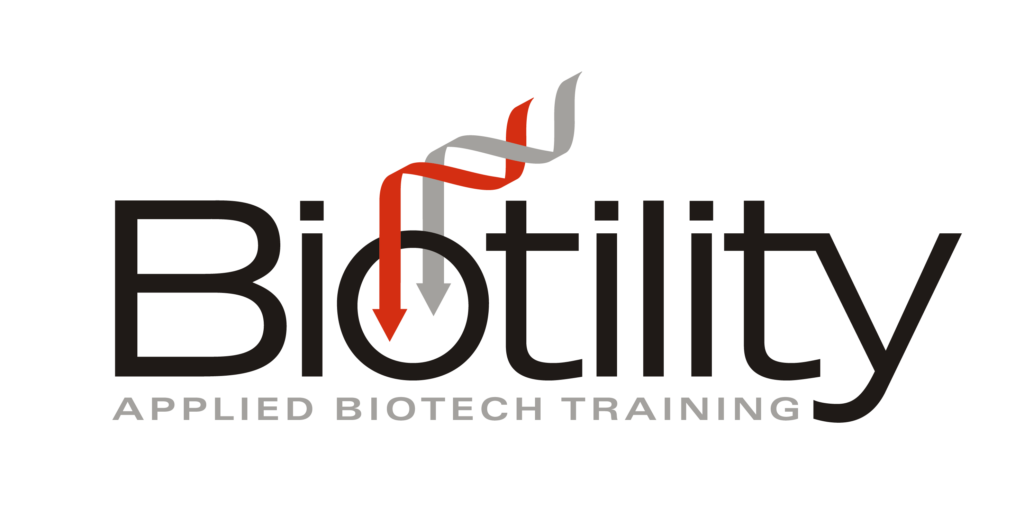
Interview with Our Bioscience Curriculum Expert
First, let’s hear directly from Stephanie DeMarco:
Q1: Thanks for sharing your expertise with us, Stephanie. I’m not an educator, so I first want to clarify our subject. There are (at least) two competing approaches to teaching – cross-curriculum and subject-based. How are these defined?
A1: “Thank you for having me! I’m extremely humbled and honored to answer these questions for you.
I don’t know if I would consider them to be competing approaches, but there is one that is generally done more often (I would say 90% of the time), and that is the subject-based approach. One can easily see this approach simply from how general classrooms and schools are organized. Most classrooms, even from an early age, alternate between subjects. For example, students will first be taught math, then English, then science, and so on and so forth.
However, cross-curricular learning wouldn’t exist without the subject-based approach because cross- curricular learning is taking those subjects and blending, mixing, or overlapping the subjects. Usually, there’s a subject that takes the forefront, but you would layer on other subjects’ content and skills to support the outcome. For example, when I was a middle school science educator, my students created a scale drawing of our solar system in my earth science class. This project asked the students to do some research on each planet, create a scale to work from, and then draw either the size of the planets or the distance from the sun to that scale. In this project, science was the subject that took the forefront, but knowing how to create a scale and work with fractions, which are all math standards, supported the completion of the project.”
Q2: When are the two types of teaching approaches commonly used? Should there be a preference, and in what situations?
A2: “As I mentioned in the previous question, subject-based learning is most commonly used. I can understand why because subject-based pedagogy is a way to organize the school day, ensures that all standards are met, and as the students get older, you can hire subject-based experts to teach higher-level standards.
However, I believe that we need to move away from mostly using a subject-based approach. Eventually, students will enter the workforce, and, in the workforce, they are going to find that the subject-based approach simply isn’t followed. For example, as a secondary science educator, I had to utilize skills and concepts that were not categorized as science competencies. I was constantly writing syllabi, activities, labs, and communications to key stakeholders such as administration or parents. It was also imperative that I had great communication skills, a strong math background, and understood the general history of science advancements. This means that the workforce better reflects facets found within the cross-curricular approach. If the students don’t experience it often enough in the classroom, how can we expect them to successfully move into the workforce?”
Q3: You shared several journal articles that show a robust debate about which type is “better.” How do you view this debate?
A3: “I always think that debate, in general, is healthy. I believe that debate allows us to look at all facets of a topic. Sometimes by debating all sides of an argument, we force ourselves to delve deeper into the topic. Through this debate and all the findings from the debate, we can truly see all the positives and negatives of each pedagogical approach, which will in turn help us to make the best choice for content delivery.
Personally, I don’t particularly have strong feelings towards one pedagogical approach or the other. I see the positives and negatives of each approach and both approaches can be utilized together. However, I would say that cross-curricular learning is typically underutilized, and the underutilization of the approach means that students don’t receive the benefits of the approach.”

Q4: What benefits do students receive from a cross-curriculum approach? Are those benefits equally distributed across different types of students?
A4: “There are many benefits to a cross-curricular approach, but ultimately, I think that the biggest benefit that students receive is the real-world or the real workforce experience. When students go into the workforce, they are going to be called to do all kinds of tasks and use all kinds of knowledge that is outside of their subject area expertise. I mentioned in the previous question that as a science educator, I’m pulling on all kinds of knowledge and skills that I have from other areas outside of science to be able to effectively do my job. Since we know that the workforce is going to ask our students to eventually utilize skills and content they have received from multiple subject areas, it is important to give the students the experience of seeing how the subjects overlap and can be utilized to support one another. If we’re constantly giving them the subject-based, linear approach, how can we expect them to be prepared to access all of their skills and knowledge in the workforce? In some ways, if we only utilize the subject-based approach, one could say that we are training their brains to operate in a very linear, subject-based manner.
Another benefit that I witnessed when I worked with a STEM program back in Michigan was a large increase in standardized test scores. Some people might think that a cross-curricular approach might have little to no effect on the scores, but I saw the opposite. When the cross-curricular approach was utilized, I saw that the student investment and effort in the project were different than in a traditional subject-based approach. Since most cross-curricular approaches ask them to analyze, evaluate and create, this naturally increased their depth of understanding of the content. For example, to create a visual model of a theory, they would have to thoroughly understand that theory to display it accurately and succinctly. This, in turn, I believe, made a huge difference on their standardized tests. They knew the content so well that the questions asking them to recall, evaluate, and identify the content were simply no longer challenging.
Your second question is, “Is this distributed across different types of students?”, and unfortunately, that simply isn’t happening for two reasons. I find that a lot of advanced classes tend to apply the cross-curricular approach more often because they’re trying to “push” their students. I find this a bit sad since all students could benefit from this approach. Secondly, when you go into any kind of cross-curricular approach, it lends itself to project-based learning, which tends to be more costly than direct instruction. Schools that cannot afford materials for projects that involve cross-curricular learning usually don’t incorporate the cross-curricular approach as much as other schools.”
Q5: What challenges does cross-curriculum teaching present in the classroom?
A5: “There can be quite a few challenges that go into cross-curricular learning. The first challenge is that cross-curricular learning lends itself to project-based learning/assessments, which can be costly. For example, some projects might need a computer and having computers available to all your students is a large cost. You might also need supplies and equipment if your students are designing their own experiments and tests. All in all, cross-curricular learning can be costly, but what a great reason to increase educational funding. All students should have the opportunity to complete really enriching and content-dense projects that incorporate cross-curricular learning.
The second problem is that cross-curricular projects can take time. It can take time to grade the projects and take time for the students to complete them. I argue that that’s not always the case. If it’s done right, you can guide your students through the project by breaking the project into sections and assessing/giving feedback as they move through them. (Think of it like brief meetings with a boss or superior to gain feedback on the project. This is also a great example of a workforce scenario.) This way, by the end, you’ve seen that project more than once before the final product is turned in, which will ease the grading process. It will also keep the students on track and encourage them to use their time wisely. But ultimately, I do have to agree that guiding students through content via a cross-curricular project takes more time than direct delivery (i.e., lectures).
The third problem is that if I am designated as the science teacher, then how am I supposed to assess another subject’s standards? While I might not be able to give a formal grade for those standards, that doesn’t mean that I can’t give them formal feedback on the standard. You can give them comments or even a rating on those standards so that they not only receive feedback from another educator but also see that the standards are important in another subject area. Another way you can get around this is by splitting a project across two subject areas or co-collaborating. This means that the final project will be graded by both teachers (i.e., math and science teacher, English and science teacher, etc.) and the graded math standards will apply to the math course, and the graded science standards will apply to the science course. This is how we graded our students’ projects in the Michigan STEM program.”
Q6: You mentionedthe Next Generation Science Standards (NGSS) use cross-curricular learning. What is the NGSS? How is a cross-curricular program helpful in teaching science?
A6: “The Next Generation Science Standards are the national science content standards used for K-12 education. These standards were released in 2013. One of the initiatives for this set of standards was to not only recreate the science content standards but align each of the new science standards to English and math standards. This was done in an effort to encourage cross-curricular learning in the science classroom. The NGSS writers recognized that so many of their standards naturally led to projects that involve cross-curricular learning and, therefore, made sure that content standards from other subjects were added to their guidance documents. This way, teachers could see how standards from other subjects work with their own and how they could be supporting other content from other classrooms.
Personally, I think this is incredibly helpful when it comes to teaching science because the science industry is not just a “brain dump” of the content you know. Instead, one usually needs to a) apply said content and b) complete cross-curricular tasks and projects such as completing and designing hands-on experiments and tests, collecting and analyzing data, writing up formal reports, and even using historical data in comparison to the data collected. All in all, having these English and math standards to connect to really supports what the science industry looks like and helps us support our students and getting them prepared for that industry. One might also argue that the student may not go into the science industry, but I would argue back that most real-world jobs ask their employees to do cross-curricular tasks/projects, and any cross-curricular science project would support any position in the workforce.”
Q7: We’ve been talking about the situation in the K-12 classroom so far. Does the debate over subject-based versus cross-curricular learning environments extend to the post-secondary classroom?
A7: “Yes, I believe that it extends into post-secondary classrooms. Again, most post-secondary classrooms have a forefront subject. You’re either taking organic chemistry, inorganic chemistry, English-based studies, etc. However, I would have to say that, more often than not, when I was in a post-secondary classroom, those classrooms were utilizing more cross-curricular learning than you might expect. A lot of these courses start to move into project-based assessment (i.e., presentations, papers, lab summaries, etc.), and project-based assessment naturally incorporates cross-curricular pedagogy. If a student has been asked to write a paper on some sort of historical event or events, the paper could ask the student to tap into several other subjects. The paper could include science events, humanities events, and most importantly, since they are writing a paper, they’re using all their English skills to be able to write that paper. So, I find that post-secondary classrooms naturally add a lot of that cross-curricular learning due to the detail, depth, and scope of their courses.
However, I have heard that some post-secondary educators are noticing that their students are struggling with these cross-curricular assessments. This makes me wonder if they’re struggling because they’ve come from a K-12 system that has so heavily emphasized subject-based learning, and they are in a bit of a state of “shock” when they need to do such heavy cross-curricular projects. If K-12 students are given more opportunities and guidance in cross-curricular projects, such as the ones used in the post-secondary level, it might give their students a leg up when they get there.”
The Impact of Learning Environments on Talent Development
Why should hiring managers be interested in whether their candidates have experienced cross-curricular approaches to learning? Because top talent will increasingly be defined as persons able to thrive in integrated teams and perform multidisciplinary roles. In the 20th century, a post-secondary degree was a good marker of a candidate’s knowledge, skills, and abilities in a specific domain. Thus, companies could use a degree to select top candidates. Therefore, they orchestrated their hiring standards around position descriptions that featured such degrees as a principle criterion. However, work (defined as “mental or physical activity to achieve income, profit, or other tangible benefits” [1]) has and is changing in the 21st century. Cloud computing has significantly impacted most workers, and robotics, artificial intelligence, machine learning, and virtual and augmented reality means human-machine partnerships are increasingly a feature of most roles. These partnerships will also be necessary for solving complex problems, and workers will increasingly need to navigate and troubleshoot processes that involve these technologies, often as they interact. As a result, companies will require people with role flexibility who understand their own and others’ expertise domains and can work together in adaptable, interdisciplinary teams.
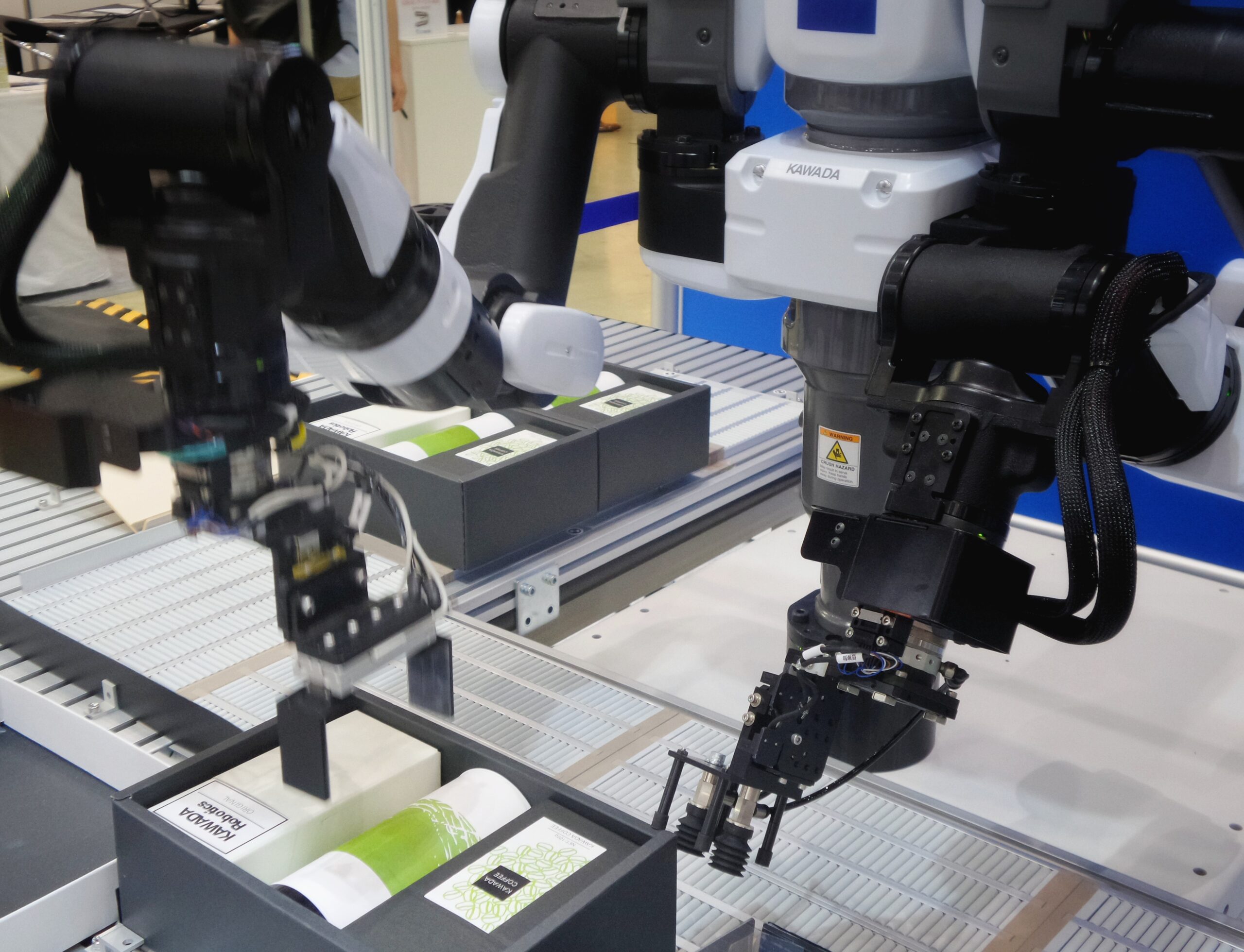
Developing Skills for the Near-Future Workplace
An Institute for the Future study funded by Dell Technologies found the individual skills and traits needed for success in 2030 will include:
- “Contextualized intelligence: nuanced understanding of culture, society, business, and people
- Entrepreneurial mindset: applying creativity, learning agility, and an enterprising attitude to find workarounds and circumvent constraints
- Personal brand cultivation: a searchable and favorable digital identity as basic work hygiene
- Automation literacy: the nimble ability to integrate lightweight automation tools into one’s own work and home life
- Computational sensemaking: ability to derive meaning from blended machine and human-based outputs”[2]
Skills and traits such as these are often cited as outcomes for cross-curriculum learning. The NGSS refers to the fundamental skills of “communication, collaboration, inquiry, problem solving [sic], and flexibility.” They point to developing these skills by combining the core ideas and practices of science and engineering through instruction emphasizing the cross-cutting concepts of Physical Science, Life Science, Earth and Space Science, and Engineering Design. [3]
Organizations Working on Cross-Curricular Learning for the Biosciences
Fortunately, it’s not just educators who are thinking about the importance of interdisciplinary connections and new technologies and how cross-curriculum learning contributes to talent development. The NSF’s 10 Big Ideas, launched in 2017, includes the Future of Work at the Human-Technology Frontier, Growing Convergence Research (where scientific disciplines blend), and Harnessing the Data Revolution. [4] They have partnered with the Center for Occupational Research and Development to enhance and develop Advanced Technological Education using cross-disciplinary tools and techniques. Their work targets the nation’s Community and Technical Colleges; nevertheless, much is relevant to the development of secondary students in high-quality K-12 Career and Technical Education (CTE) programs. Recalling our secondary education, many of us may think of CTE as vocational training. Many state and local educators have made considerable investment into their CTE programs, yielding students prepared for a fast start in a technology-focused industry or higher-level college coursework. Engaging with your local CTE directors may be a good way to solve some of your hiring challenges.
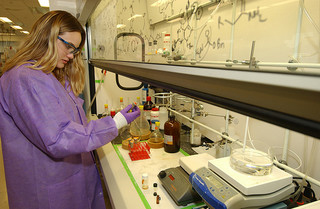
In Closing
I started this article with a question prompted by a chance remark from an educator colleague. We’ve learned about the difference between cross-curriculum and subject-based teaching and how cross-curriculum learning develops essential skills for our increasingly interdisciplinary work assignments and spaces. Your takeaway from this article should be that investing time and effort to engage with local educators about their cross-curriculum learning strategies and CTE programs enables hiring managers to understand the available talent pool better, resulting in better hiring decisions. Your support for experiential learning programs through educator engagement and establishing paid learner work experiences goes a long way toward building your future talent pool.

References
[1] National Science Foundation, “Future of Work at the Human-Technology Frontier: Core Research (FW-HTF)”, Program Solicitation NSF 23-543. Accessed February 17, 2023. https://www.nsf.gov/pubs/2023/nsf23543/nsf23543.pdf
[2] Institute for the Future (2018). The Next Era of Human-Machine Partnerships: Emerging Technologies Impact on Society & Work in 2030. Accessed December 29, 2022. https://legacy.iftf.org/humanmachinepartnerships/
[3] Next Generation Science Standards. Accessed February 17, 2023. http://www.nextgenscience.org
[4] NSF’s 10 Big Ideas. Accessed February 17, 2023. https://www.nsf.gov/news/special_reports/big_ideas/index.jsp
If you enjoyed this article and would like to read more by Katrina, sign up for her newsletter.
